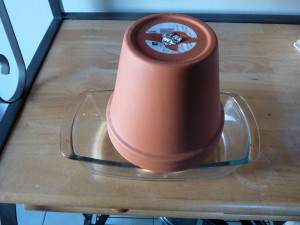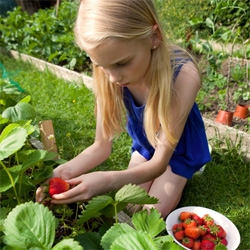Low Maintenance Landscaping
-
Ribbon Grass
Though it does best with moist soil and partial sun, pest- and disease-free ribbon grass thrives in Zones 4 to 9, in virtually any growing scenario—full sun or shade, wet soil or dry. Though it rarely gets taller than one foot, ribbon grass quickly spreads across even steeply sloped terrain, either to your frustration or delight, depending on your aims.
-
Forsythia
-
Hosta
The low-maintenance, shade-tolerant hosta needs a steady supply of moisture but will thrive in almost every soil type. They grow best in Zones 2 through 10 and benefit greatly from morning sun. Water in the morning to prevent the leaves from getting burned by the sun, and keep the plant hydrated throughout the day as needed.
-
Texas Ranger
The vibrant lavender, purple, and magenta blooms of a Texas ranger may look like they take some work to care for—but we won’t tell the neighbors your secret. This hardy plant is built to survive on little water, so all you need to do is plant it in full sunlight, and water during the summers or in times of drought.
-
Yew
There’s a reason why these evergreen shrubs are a popular choice for borders and entryways. Their tolerance for drought coupled with their ability to adapt to almost any soil type makes for easy care. Yews thrive in partial to full sun in Zones 4 to 8 and reward you with beautiful (but inedible) fruits in early autumn.
-
Black-Eyed Susan
These drought-tolerant flowers look bright and chipper even in the sweltering summer heat, which makes them a great choice for the forgetful gardener. Black-eyed Susans will attract butterflies to your garden, but they also entice deer and rabbits, so plant them near repellant (and easy-care) plants like lavender or rosemary. Tend to your black-eyed Susans by planting them in full sun or partial shade, then watering and deadheading as needed.
-
Bottlebrush Buckeye
In Zones 5 to 9, bottlebrush buckeye does well in full sun or deep shade, so long as it gets enough water. Disease-free and rarely needing a prune, the slow-growing shrub can reach an impressive height of about 15 feet. In late spring and summer, its white blooms attract attention from birds, while in autumn, its lush foliage turns a beautiful gold.
-
Fescue
-
Bergenia
-
Sedge
Spas and Pool Services
Pools and Hot Tubs
MAAX Spas from Daniel’s Lawn & Garden
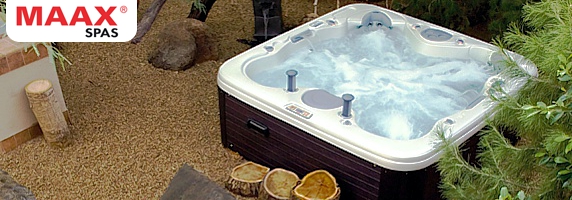
At Daniel’s we feature a complete selection of above ground pools, hot tubs and pool supplies, all at discounted prices. We are an authorized MAAX Spas dealer for Montgomery and parts of Chester, Lehigh, Berks and Bucks County.
We offer:
-Delivery & Setup
-Repair Service
-Accessories
-Chemicals
SALE: Up to $2500 off the manufacturer’s list price!
Power Pool Swim Spas

MAAX Power Pool Swim Spas from Daniel’s Lawn & Garden
For centuries the power of water has shaped the world we live in. From oceans to streams, the forces of moving water have changed our landscapes and our lives. That same power is now available for your home in the new MAAX Spas PowerPool™ from the outdoor adventure experts, The new MAAX Spas PowerPool™ uses flowing streams of water to create a home environment ideal for fitness, relaxation and healing.MAAX Spas PowerPool™ combines the best aspects of swimming pools, hot tubs and home gyms.
Whether it’s to shape our body, soothe your soul or transform your backyard into an oasis of tranquility, MAAX Spas PowerPool™ harnesses the power of moving water to enhance your life.
Pool Services & Supplies

At Daniel’s Lawn & Garden we specialize in helping you get your swimming pool in shape for the on and off seasons. We offer the following:
-Pool Openings & Closings
-Safety Covers
-Pool Supplies
-FREE Water Analysis

We’re proud to feature spa care supplies at discounted prices from Spa Essentials and Leisure Time Spa, and pool care supplies from Omnipool.
Bring your spa and pool water samples to us for a free water analysis.
Easter Flowers That Are Perfect For Your Sunday Table Centerpiece
Easter flowers bring beauty and meaning to the Easter holiday. Many colorful varieties are used worldwide for gift giving, decorations and church services in celebrating the resurrection of Jesus Christ in Christianity and in celebration of spring and rebirth.
Lily
The white lily is considered the primary traditional Easter flower. It is originally from Japan. Americans started growing the Easter lily during World War II. The flower represents the purity and renewal of Easter. The shape of the flower petals are said to be the trumpet of God calling Jesus to return.
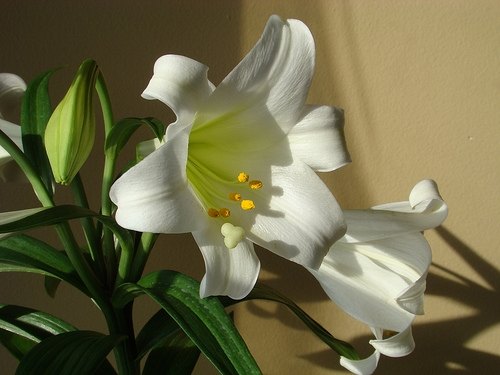
Daffodils
Daffodils are bright yellow trumpet-shaped flowers that symbolize friendship, rebirth and eternal life. According to legend, the daffodil first appeared in the Garden of Gethsemane and it bloomed during the time of Christ’s resurrection. Daffodils are called Osterglocken (Easter bells) in Germany and are the favored flower for Easter decorations in England, where they are nicknamed Lent lilies.
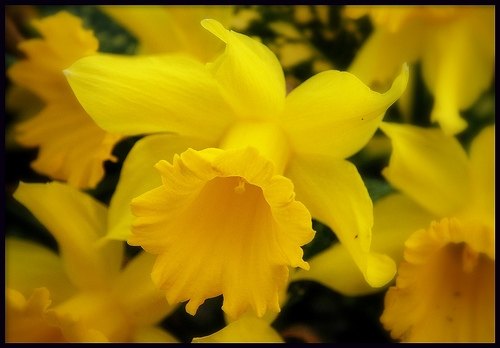
Tulips
Tulips are the third most popular spring flower worldwide. While it does not actually have a specific meaning for Easter except for wild tulips in the Middle East, it does represent the rebirth of spring and perfect love. An interesting odd fact about the tulip states that the bulbs can be used instead of onions in cooking.
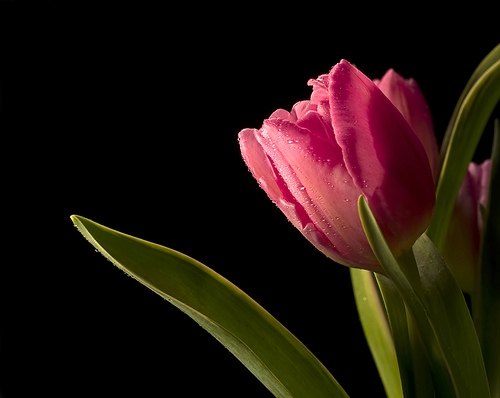
Narcissus
The narcissus was the first flower associated with Easter in parts of Europe. People in the Alps have valued the flower to symbolize Easter for centuries. It is the most popular flower in Germany.

Pussy Willows
Pussy willows are not a common Easter flower because the blooms of a pussy willow are not always present at Easter. They do, however, play a part in the Easter traditions of Russia, England and Finland. Since palms for Palm Sunday, the week before Easter, are hard to obtain in some areas, pussy willows may be substituted for palms in Easter celebrations.
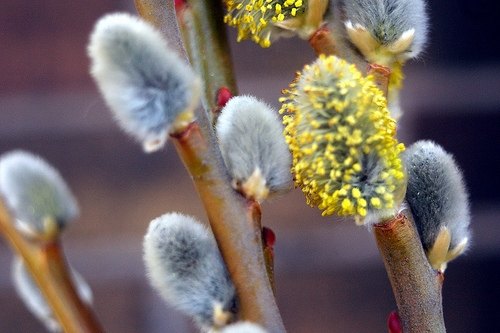
How To Heat A Small Room Inexpensively
These days with heating costs continuously on the rise we’re setting our thermostats lower in order to cut heating costs. Oh sure wearing an extra sweater is good but when you need a little extra warmth an you’re in a relatively small room then this actually works!
What you’ll need:
Tea light candles (beeswax is better for you and the environment)
Two clay pots, one smaller than the other so the larger one fits over
Loaf pan (glass or metal)
(Important – the small clay pot must not have a hole, if it does stuff it tightly with aluminum foil. The larger pot must have a hole.)
Instructions:
In the loaf pan place four tea light candles and light them. Position the smaller clay pot over the pan and then place the larger clay pot over the smaller one. The gap between the two pots enables a flow of air that then passes warm air around the room.
Light candles in a loaf dish.
Place small clay pot over the candles.
Place large clay pot over the smaller one.
Enjoy!

